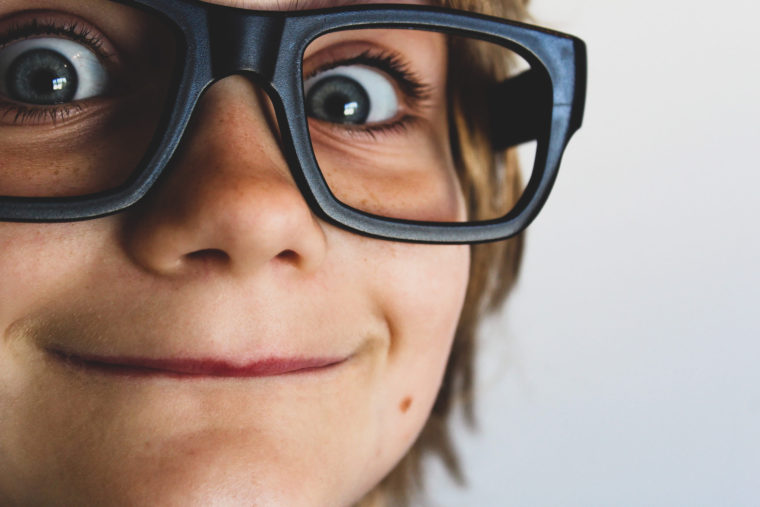Parents usually assume that their children are seeing normally. That’s not always the case.

According to the American Optometric Association, up to 80% of a child’s learning in school is through vision! This makes you child’s visual health extremely important.
Did you know that 1 in 10 children has a vision problem that’s significant enough to impact their learning? In the United States, that translates to over 5 million children.
Three vision skills necessary for optimal learning are:
- Visual acuity
- Convergence
- Visuospatial attention
Visual Acuity
When you take your child to the pediatrician, he gets a typical vision screening. Have you ever wondered if those screenings are foolproof? The National Center for Biotechnology Information says that at least 50% of vision problems are missed by typical screenings.
In addition to that, being assured that your child has 20/20 vision only tells you he can see at a distance. It does not dismiss the possibility of visual focusing, coordinating or tracking problems – all related to learning.
Convergence
Both eyes must work together, effortlessly and without hurting. That’s convergence. When they don’t quite work together, most likely, the child will sees words on a page bounce around. The child may then tell you that the words are blurry or swimming.
Most children under seven years will assume that everyone sees like they do and say nothing.
When this eye-jumping happens in a classroom, the child may complain of feeling tired, headaches (across the forehead, above the eye brows), and/or aching eyes. Some children tilt over to one side to read, thus creating a way to read with only one eye. For these children, reading is linked with distress and comprehension of what is read is low.
Convergence problems can also cause writing problems, because of poor hand-eye coordination.
Visuospatial Attention
Skilled readers are able to focus on individual words within a cluttered page of text, and after a word has been identified, they must rapidly shift their gaze to fixate on the next word in the line. These changes in visuospatial attention must occur rapidly and accurately to enable fluent reading of a page of text.
When the eyes do not move smoothly along together, the child skips words and phrases, or entire lines while reading.
A 2007 study showed that dyslexics have visuospatial attention deficits that parallel their deficits in some linguistic measures, like verbal short-term memory.
Does your child
- Complain of stomach aches at reading time?
- Skip and reread lines?
- Have poor reading comprehension?
- Take longer to do homework?
- Show a short attention span for close work?
It may be dyslexia, or it may be learning-related vision problems.
Be observant!
If you suspect your child is having vision problems, contact the College of Optometrists in Vision Development to locate a developmental optometrist in your area.
Have you ever had to take your child for vision testing because of learning difficulties?

Perhaps we have come a long way in detecting vision problems. Perhaps we have a long way to go. I remember my father telling me that he was reading a newspaper article that said that people were becoming short sighted and in fifty years most people would be wearing corrective lenses.
Well that was 65 years ago and more people are wearing glasses and not just those that are over 50 years old.
I am learning so much from this blog.
Thanks and Blog on.
Thanks, Doug. I appreciate your comments and support.
There are many different reasons why more and more, younger and younger people are wearing corrective lenses. One reason is that most children and youth are wearing glasses because there’s less outdoor activity taking place when the eyes can move between near and far objects. Modernity and technology come with their disadvantages. 😔
I’ve worn glasses since I was eight. But most likely, I needed glasses well before that age. Somehow, I managed to memorize the eye chart and, when the doctor asked me to read it, I just recited it from memory. The year that I turned eight was the year that the doctor got a new machine for eye tests. He asked me what I saw, and I said, “Nothing. I don’t see anything.” I thought that it was some sort of trick. Before long, I was sporting eyeglasses, much to my dismay.
You made me chuckle, Alice.
Hey, I’ve been wearing glasses since I was eight years old, also. Astigmatism. Everything was blurred. With all the knowledge gained from research, there’s still so much that’s unknown.
Great information. My 24 year old granddaughter can only see out of one eye, the other sees shadows only but she has learned to compensate for the vision loss
The brain is an amazing organ, and we see with our brains.